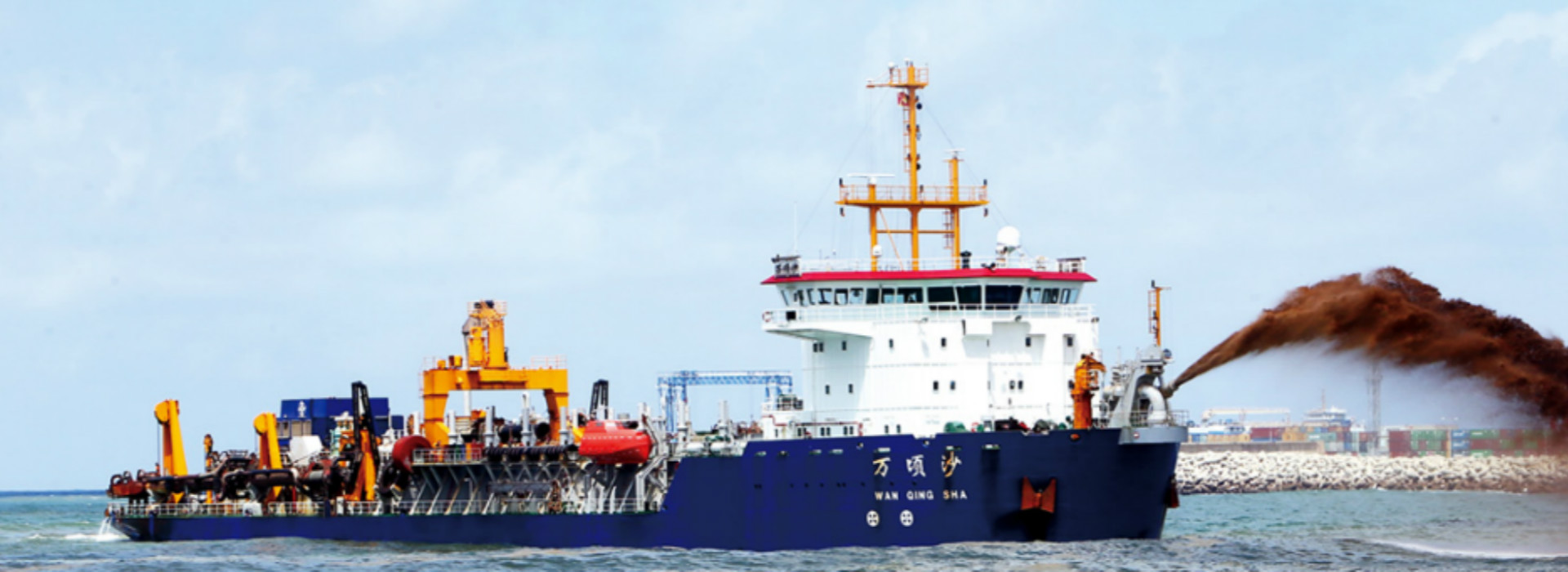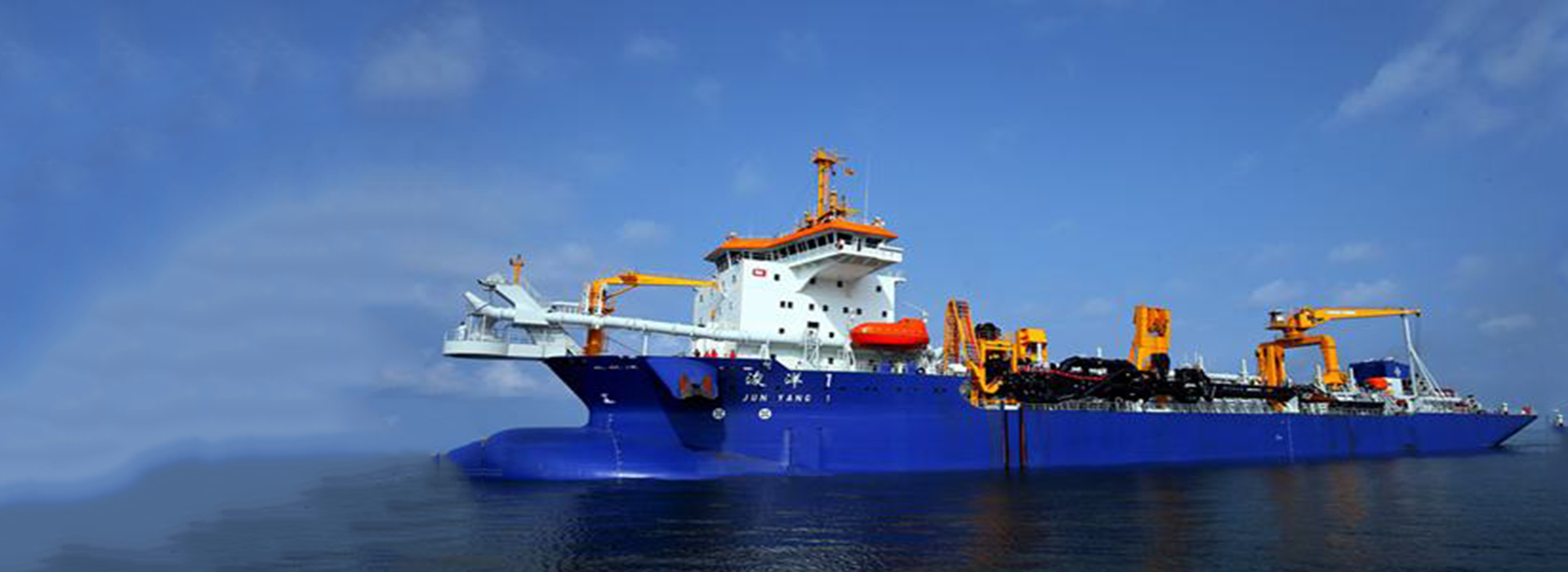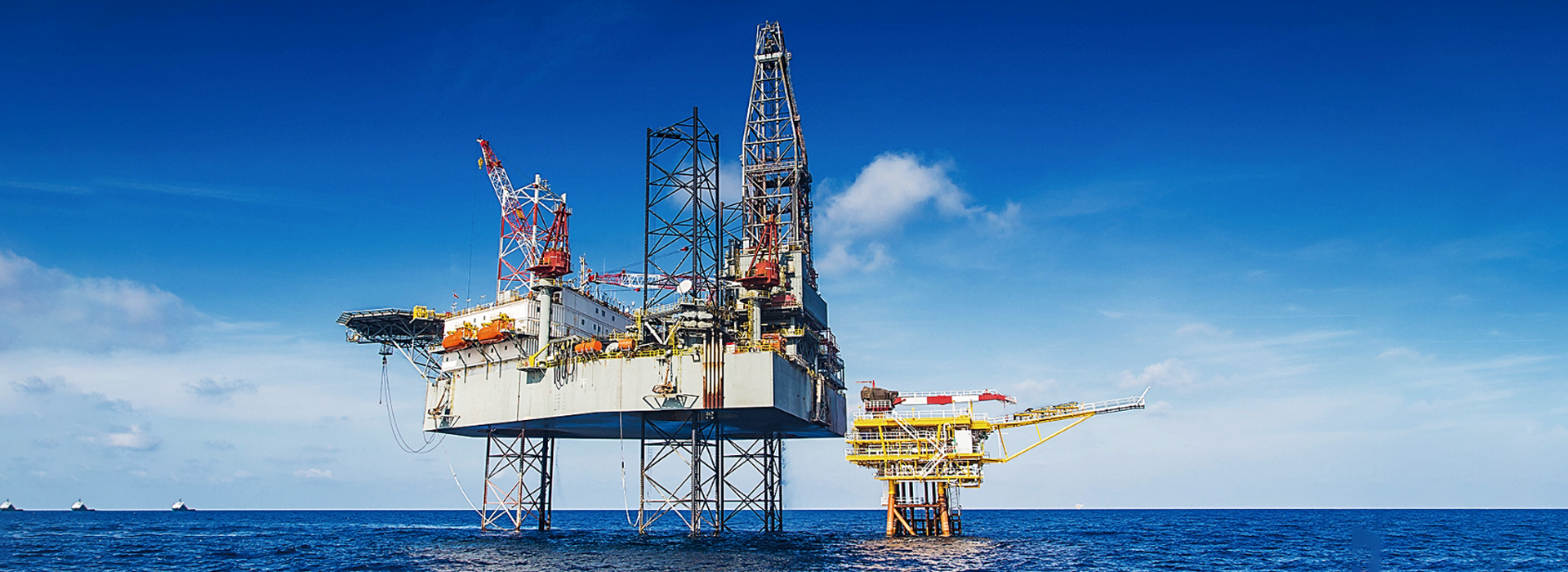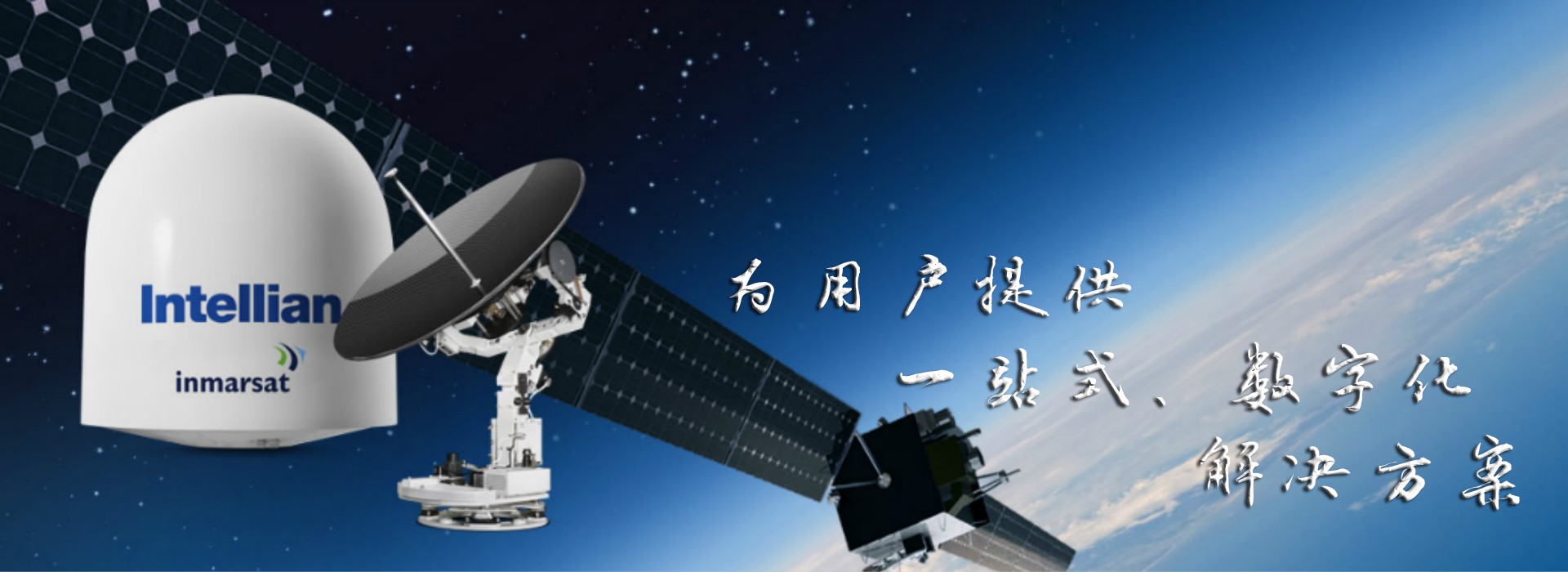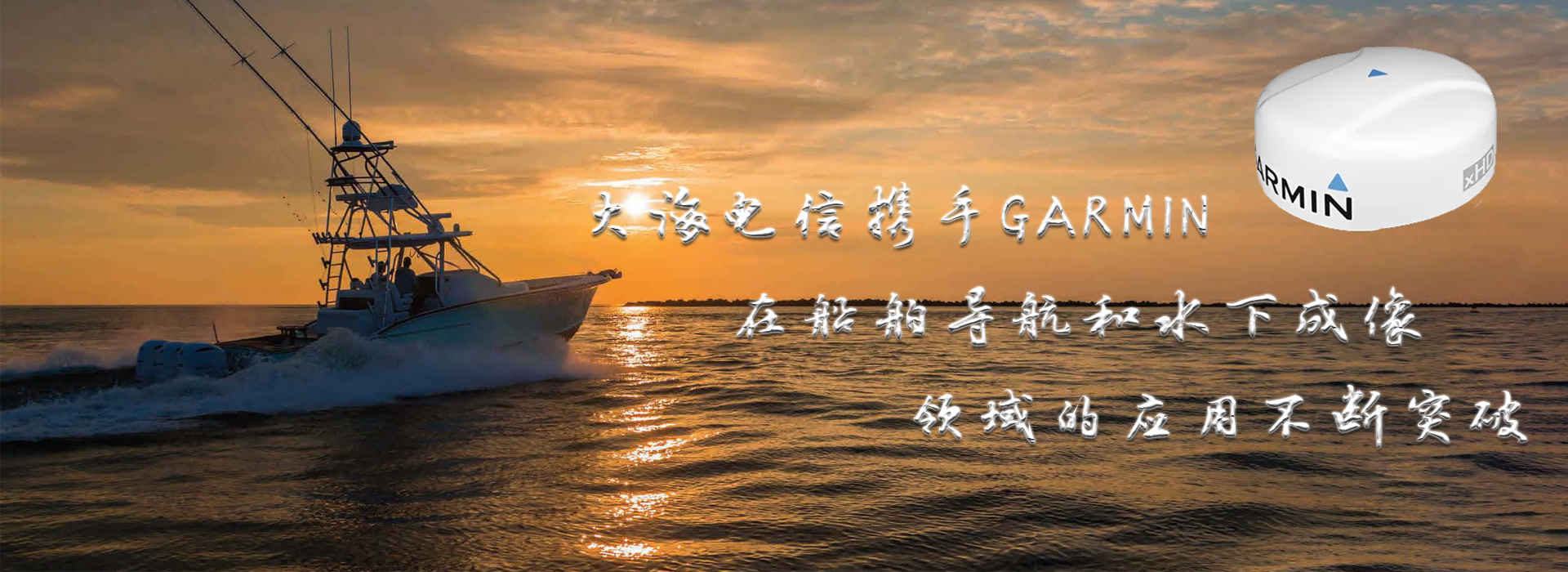Automatic Ship Assignment System (AIS)
The Automatic Ship Assignment System (AIS) is an important key device for displaying AIS target icons and information on radar screens: Automatic Ship Identification System (AIS) and Automatic Plotting Radar (ARPA) targets are displayed on the same radar/ECDIS screen. AIS is very useful for comparing these objectives because it provides an overview of the navigation of other vessels for safe and effective navigation. The routes and speeds of other vessels received from the Ship Automatic Identification System (AIS) target information are displayed as vector signals. Since more accurate than automatic radar plotting, AIS information and therefore ideally suited for ship collision wall. Unless other vessels have exceeded the VHF range, the AIS icon will continue to be displayed on the screen regardless of radar characteristics. The AIS target will never be shielded by ground, rain or cloud reflections, nor will it disappear due to anti-wave clutter or rain and snow clutter adjustments. At the same time, it can also be easily switched between AIS target icons. The Automatic Ship Identification System (AIS) is a shipborne system that broadcasts unique information to our ships on a regular basis and continuously receives and displays broadcast information from other vessels. All vessels in the VHF range and equipped with Automatic Ship Identification System (AIS) conveyors and Vessel Traffic System (VTS) staff are able to receive and display information from other vessels continuously. The Automatic Ship Identification System (AIS) is ubiquitous and avoids danger before establishing actual contact. Ship registration and navigation related data, such as information on all vessels including the name of the ship and the cargo, and dynamic navigation information, such as locations, routes, and speeds can all be transmitted and received.
In accordance with IMO carriage requirements and SOLAS (Chapter V, Regulation 19), passenger ships, vessels over 300GT on international voyages and all vessels over 500GT are mandated to carry AIS. The vessels newly built on and after July 1, 2002 will be obligated to carry the AIS on the date of new building and the existing vessels will be obligated in phases for a period of July1, 2002 to July 1, 2008.

